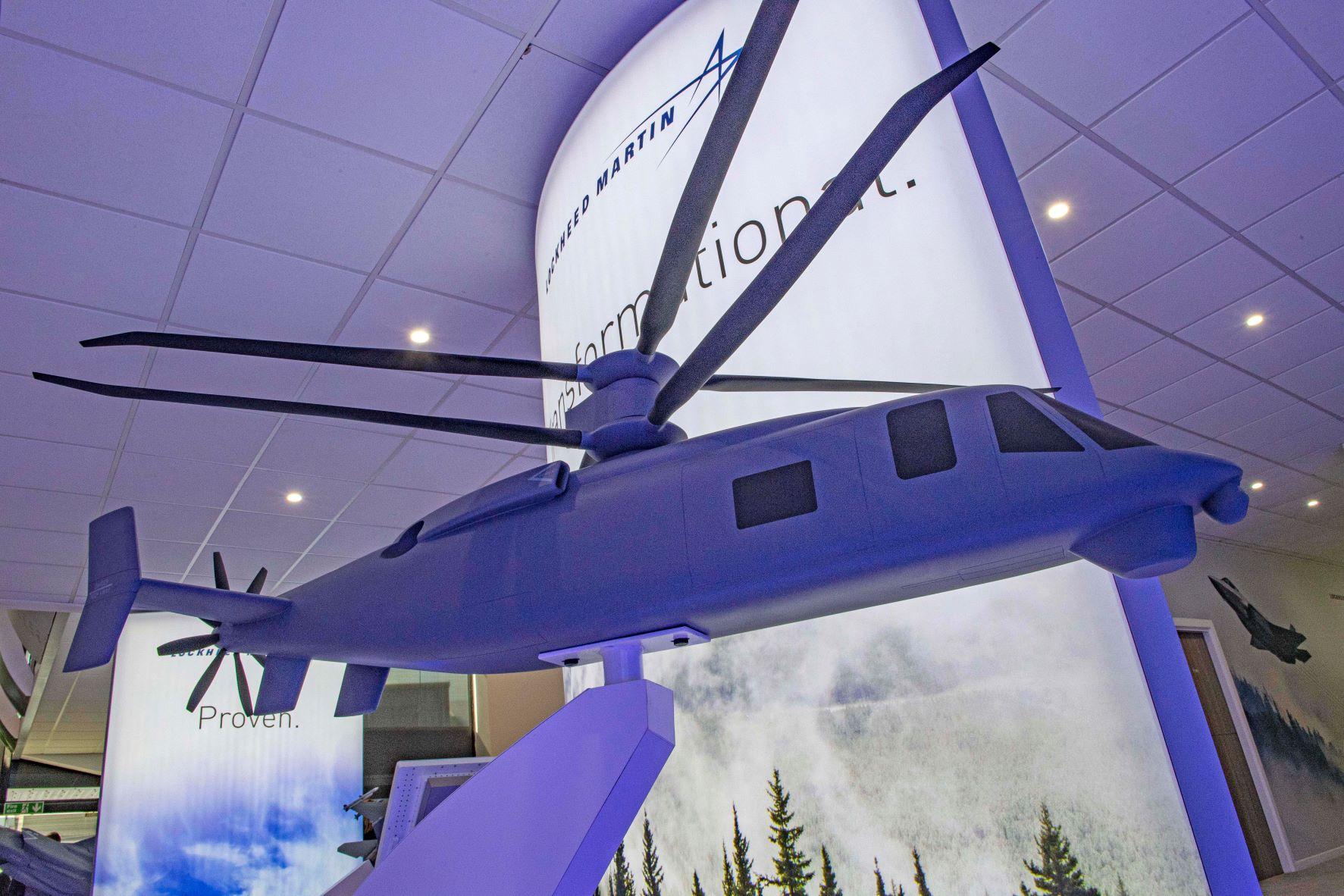
ATLANTA—Sikorsky is working with Leonardo Helicopters to evaluate its X2 coaxial rigid-rotor compound helicopter technology for application to an emerging Italian Army requirement for a high-speed rotorcraft to augment the service’s conventional helicopter fleet.
Based on Sikorsky’s technology developed for the Future Vertical Lift program, X2 rotorcraft have counter-rotating, co-axial rotors, preventing retreating blade stall and, together with a pusher propeller, enabling them to fly faster than a conventional helicopter.
Despite losing the U.S. Army’s Future Long Range Assault Aircraft program (FLRAA), a decision it is protesting, Sikorsky is proposing the coaxial compound Raider X for the Future Attack Reconnaissance Aircraft (FARA) program and is using the technology for the International Twin concept under study for the Italian role.
“It’s larger scale than the Raider X offering, and it is dual engine,” says Paul Lemmo, president of Sikorsky. “It’s primarily right now for the international utility market. We are working collaboratively with Leonardo on a study for the Italian government to see how X2 fits into their next-generation fast helicopter program and meets the requirements that they have.”
Lemmo spoke at Helicopter Association International’s Heli-Expo here this week.
Italy has yet to define an official requirement for a fast rotorcraft and is still considering all possible configurations including tiltrotor designs. Overarching requirements besides higher speed and range include increased aircraft survivability as well as reduced maintenance and logistics.
Sikorsky says X2 technology also is under evaluation as a possible contender for NATO’s Next-Generation Rotorcraft Capability (NGRC), which aims to replace medium-size, rotary-wing aircraft in NATO inventories such as the Black Hawk, Leonardo’s AW101, the Mil Mi-8/17 and Airbus Puma family of aircraft. NATO procurement officials hope to secure two or three design configurations for a future medium rotorcraft by the end of 2025 as part of the NGRC effort.
“There’s a lot of studies going on. We certainly think that the X2 fits very well with a number of the requirements that they have, and we will continue to work that as time goes on. So there’s a lot going on around X2, even though we did not have a positive decision on the FLRAA program,” Lemmo adds.
Sikorsky also continues to fly the X-97 Raider—a demonstrator forerunner to the company’s Raider X proposal for the FARA program. “It’s really a testbed for all of our X2 activities but particularly for the FARA program, because it’s about 80% of the scale of the FARA aircraft,” Lemmo says. “Every time we fly this, whether it be for a customer demonstration or for an engineering test—of which we’re still doing many—it continues to build our confidence in the digital model that we have for Raider X and informs our design.”
Meanwhile, the company’s FARA competitive prototype offering is 95% complete and awaiting installation of the General Electric T901 Improved Turbine Engine Program powerplant. Initial deliveries of the long-delayed engine are believed to be scheduled to both Sikorsky and FARA competitor Bell sometime in May.
More from HAI Heli-Expo:





